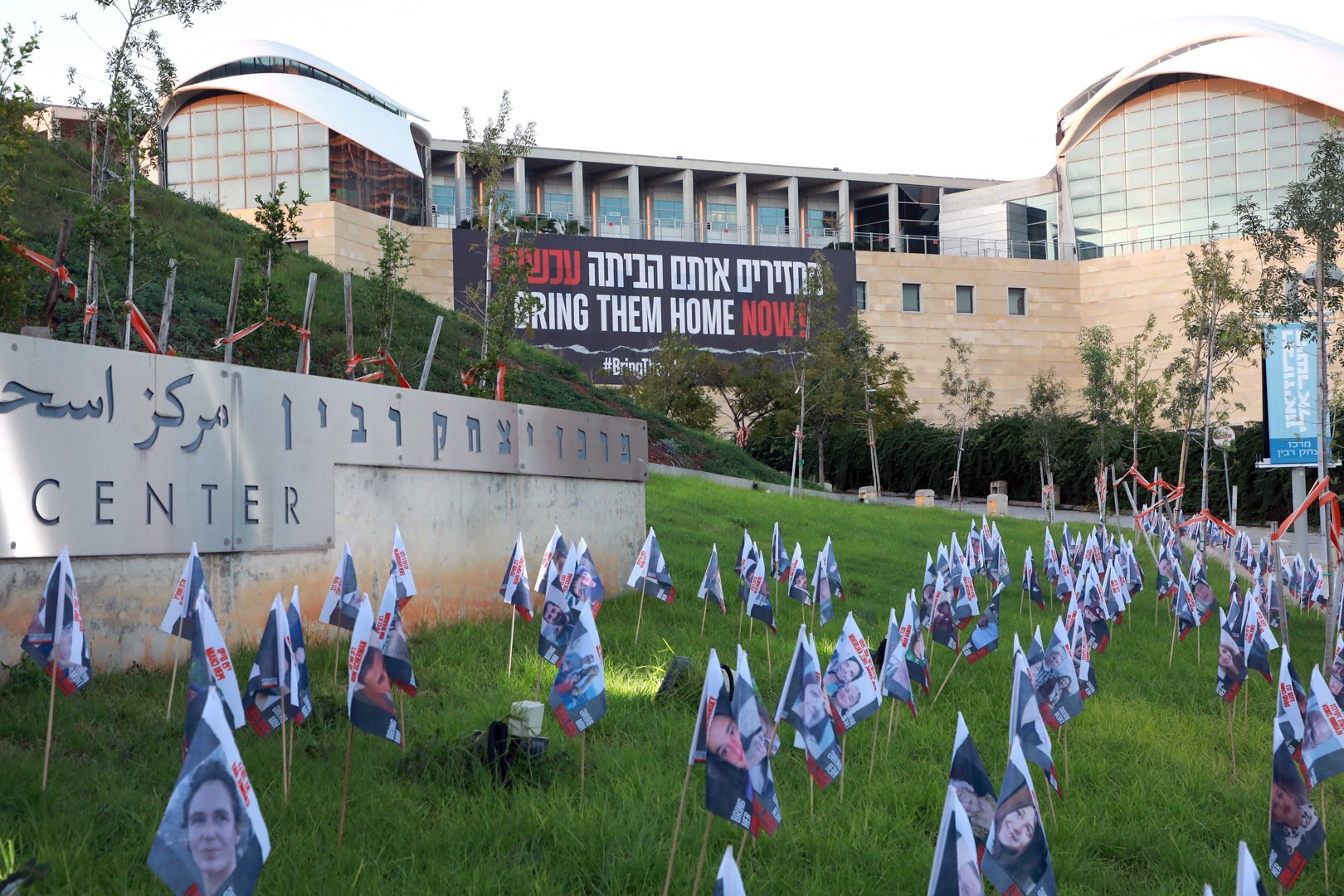


שימו לב: קופת המוזיאון נסגרת שעה וחצי טרם סגירת המוזיאון
נא לתאם ביקורכם מראש 4585 *
Please note: the museum box office closes an hour and a half before the museum closes
Please arrange your visit in advance * 4585

כתובת: רחוב חיים לבנון 8, תל אביב 6997504
טלפון: 03-7453333 | פקס: 03-7453355 | טלפון מרכז ההזמנות: 4585*
